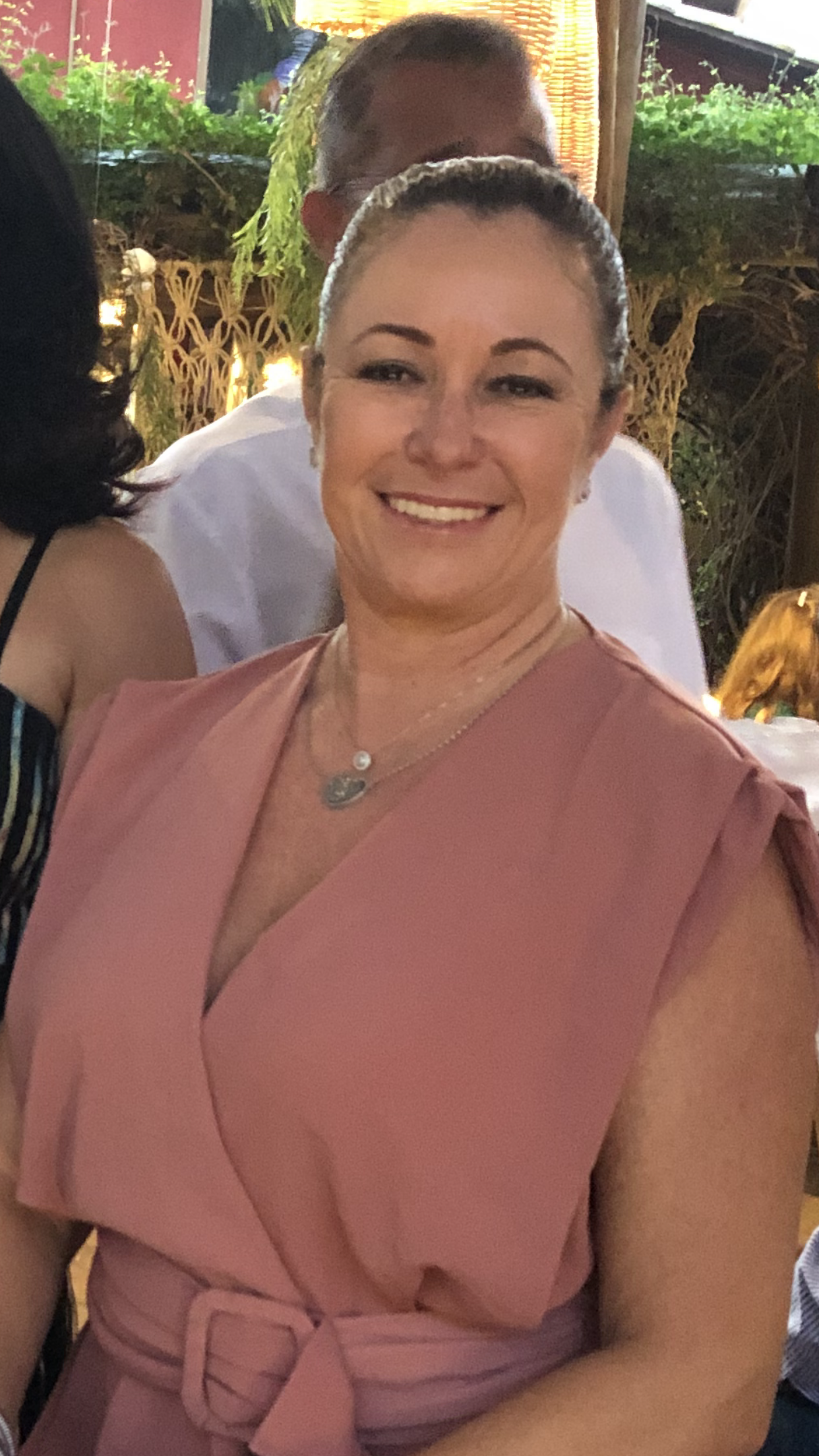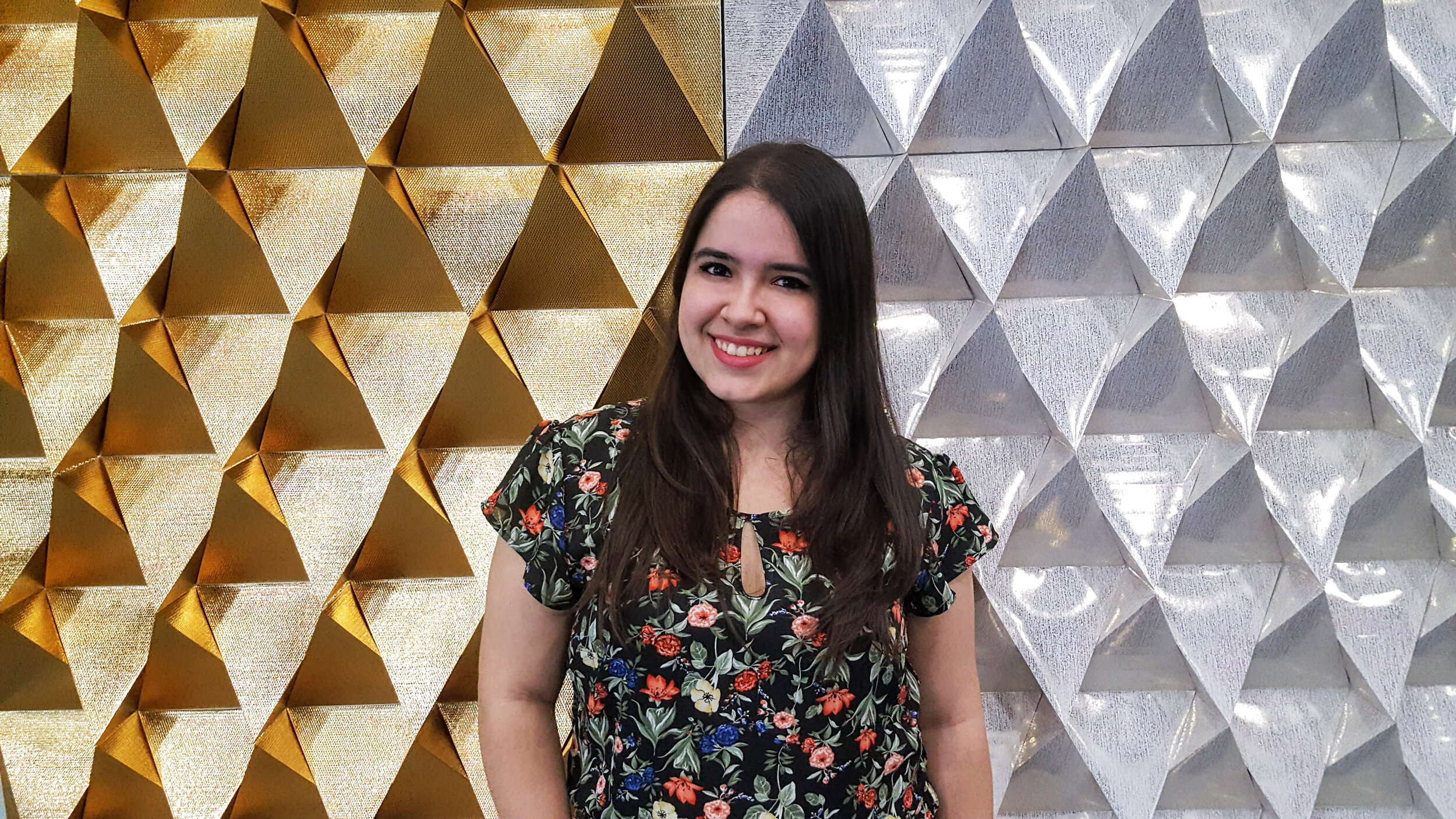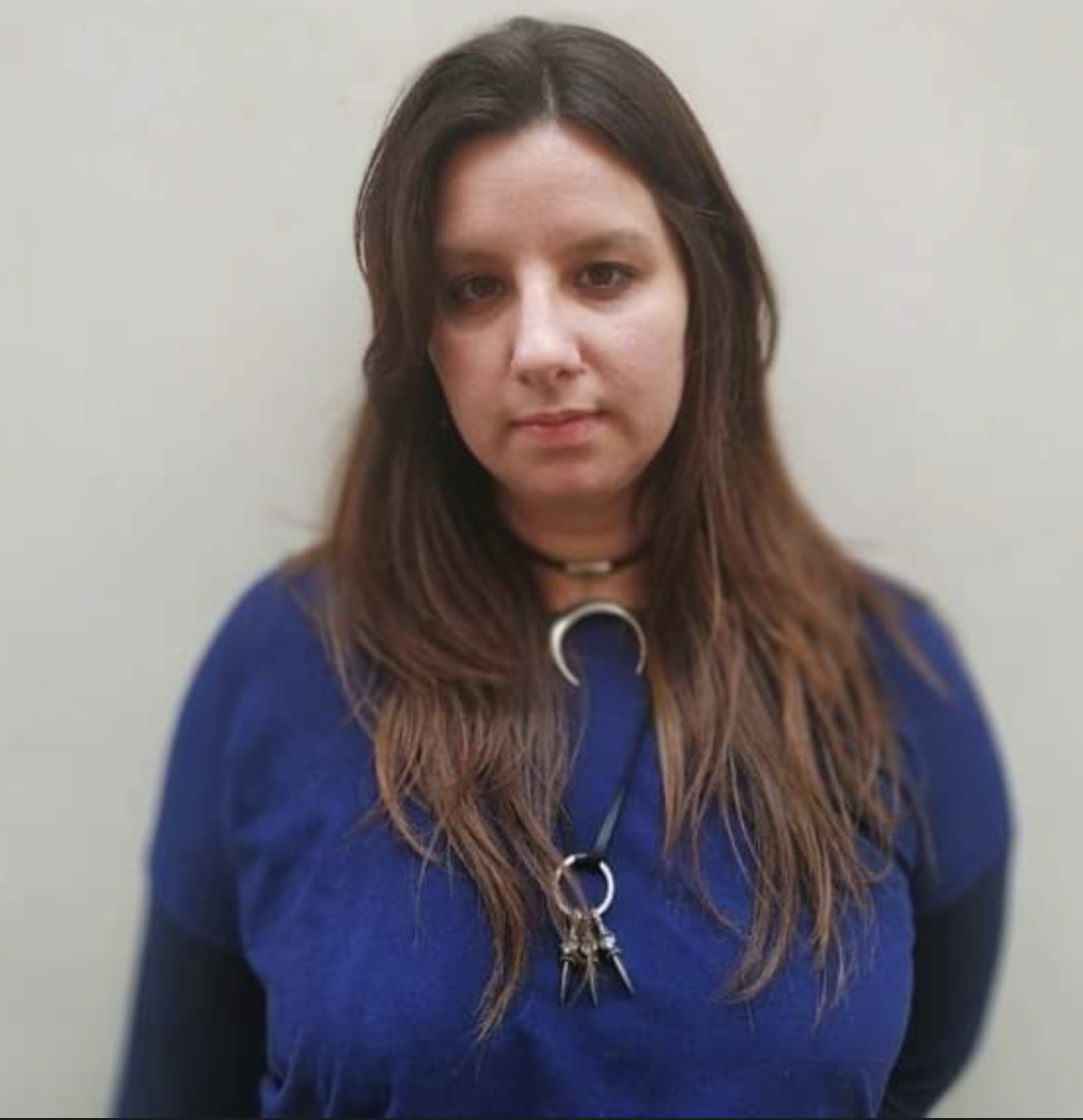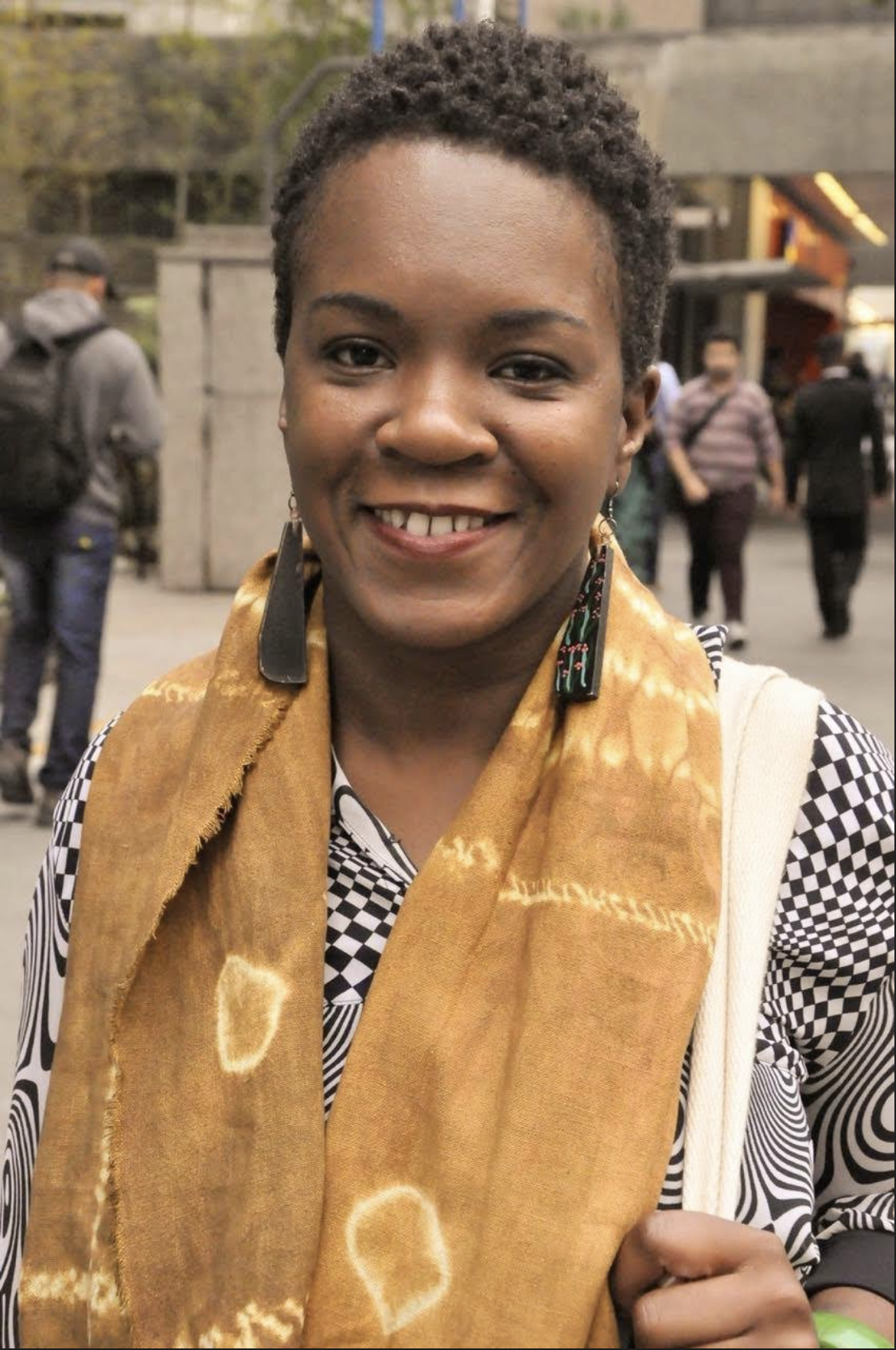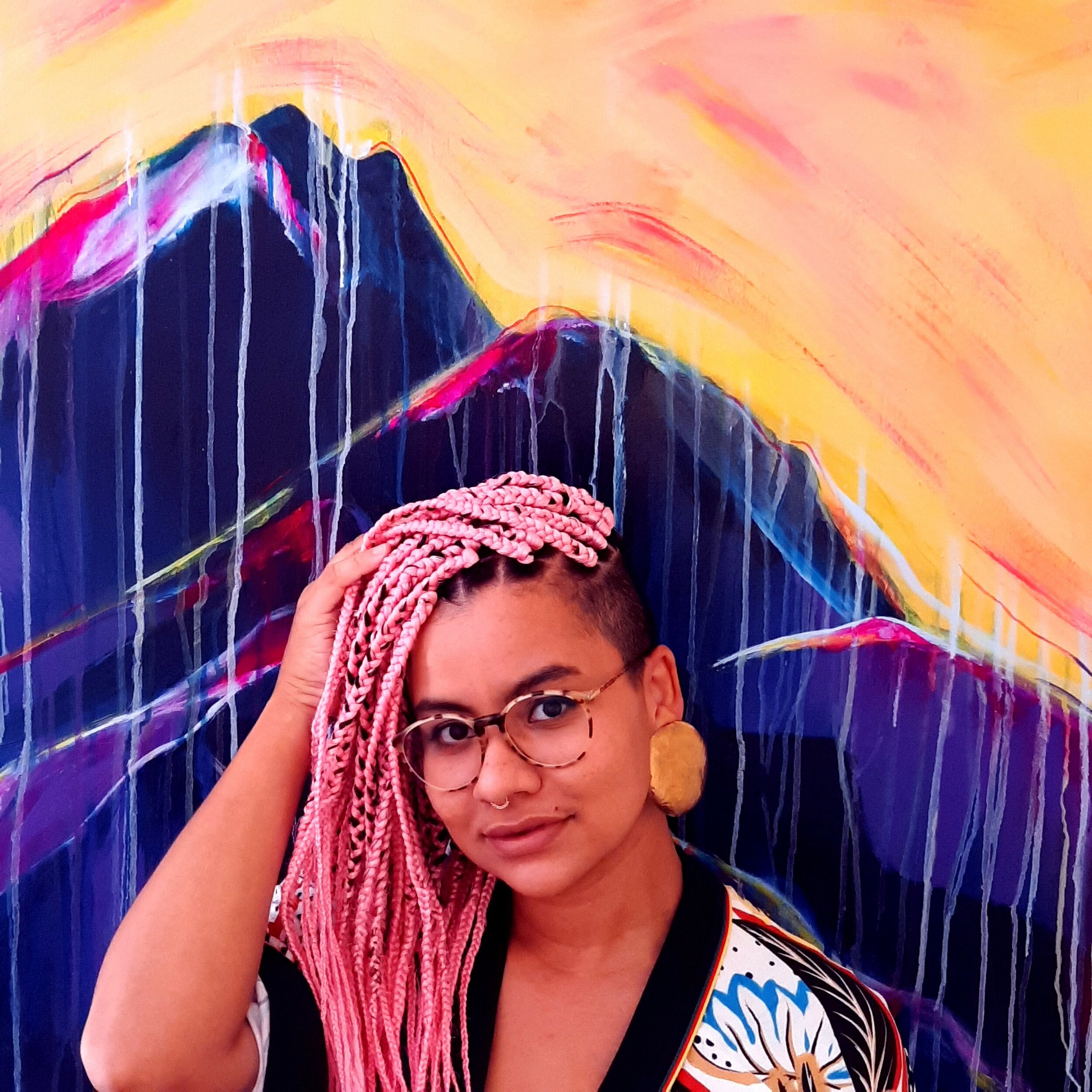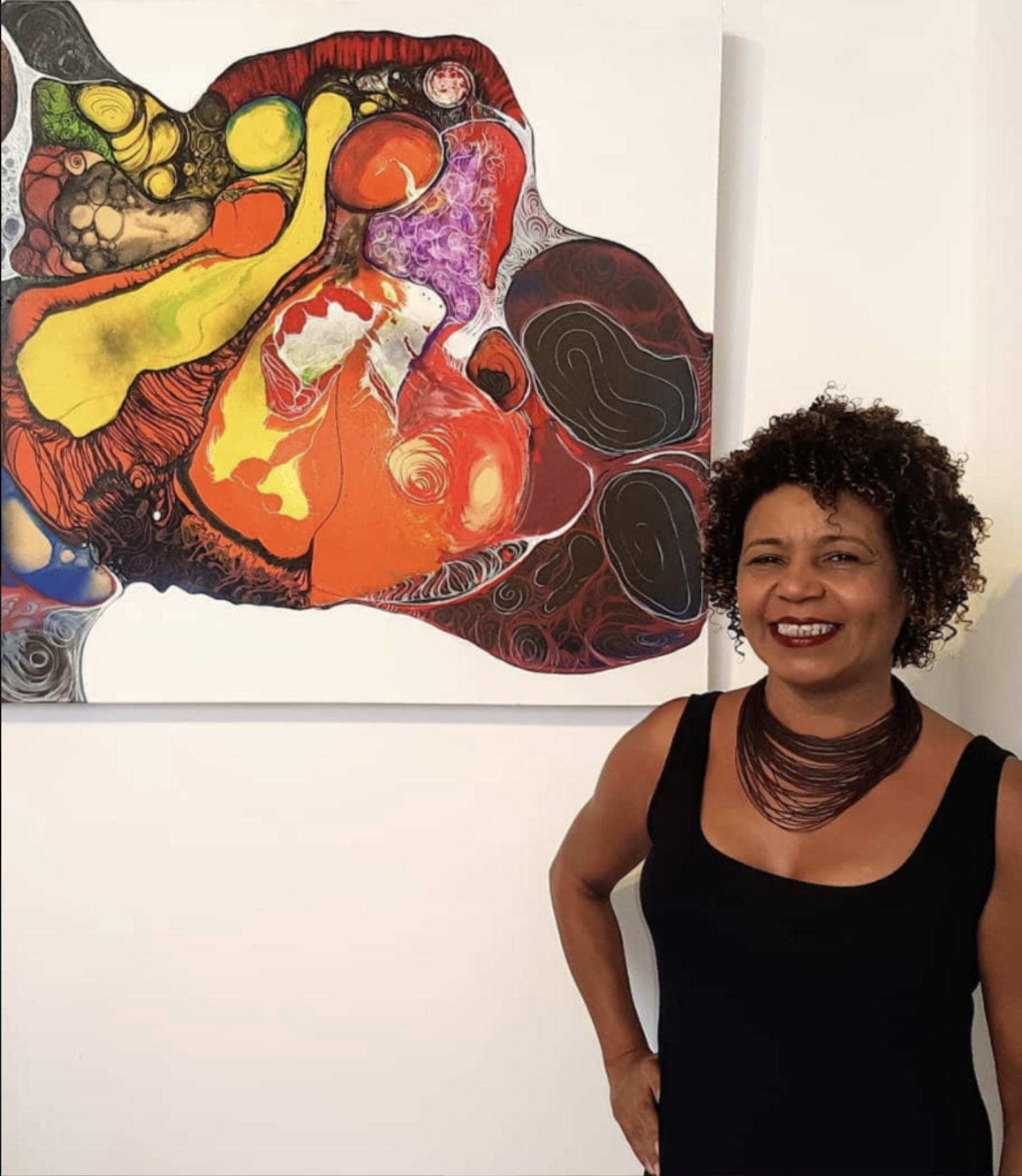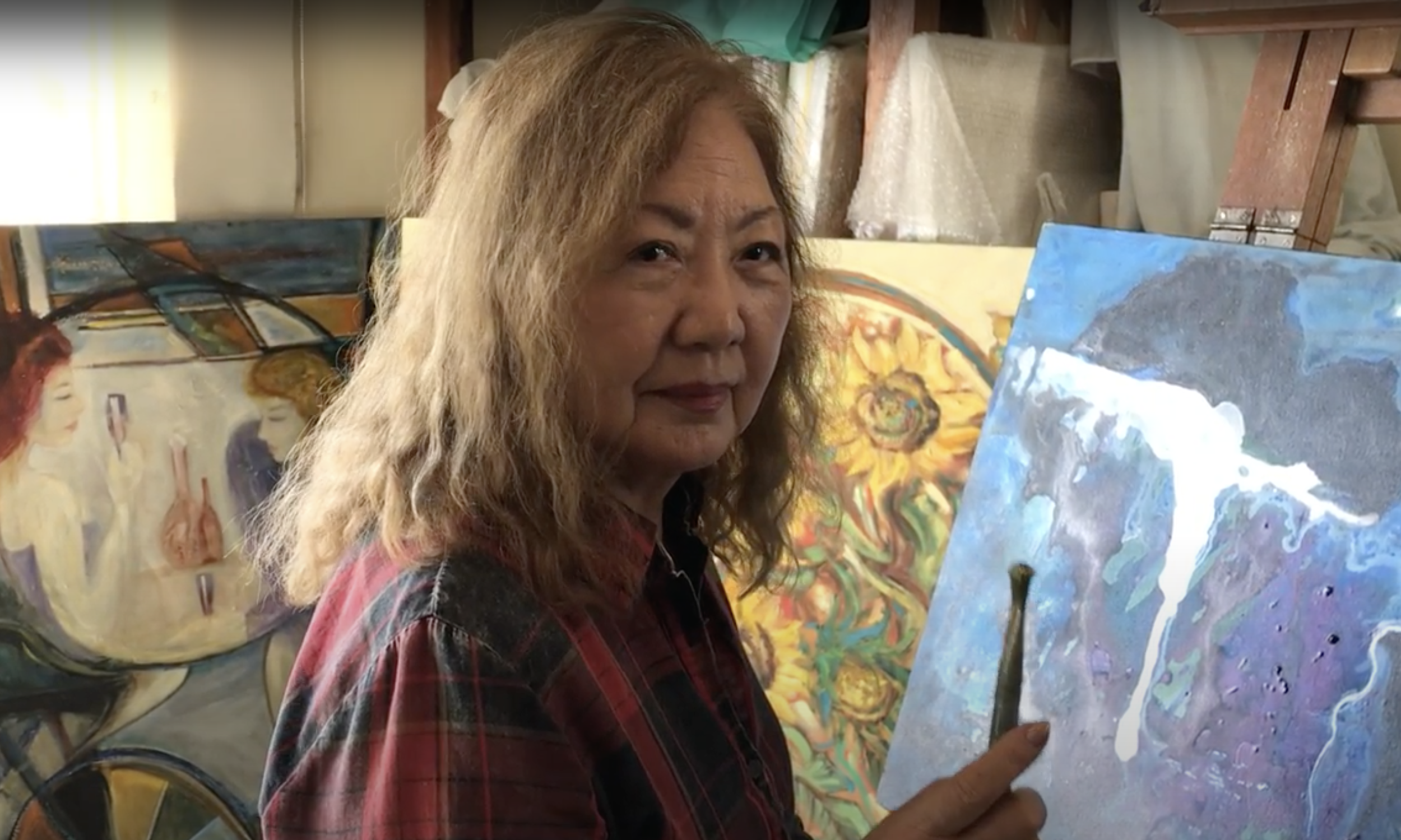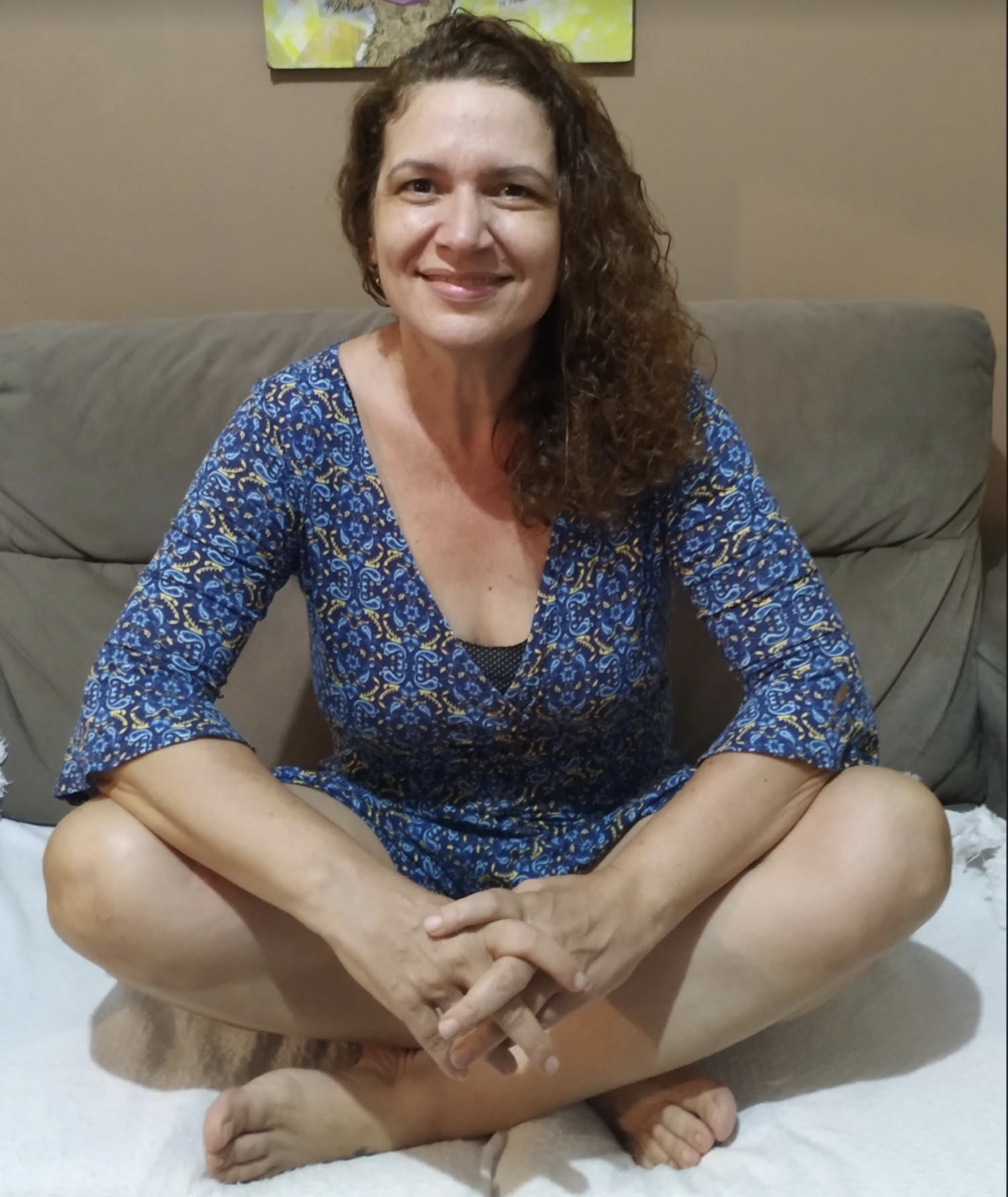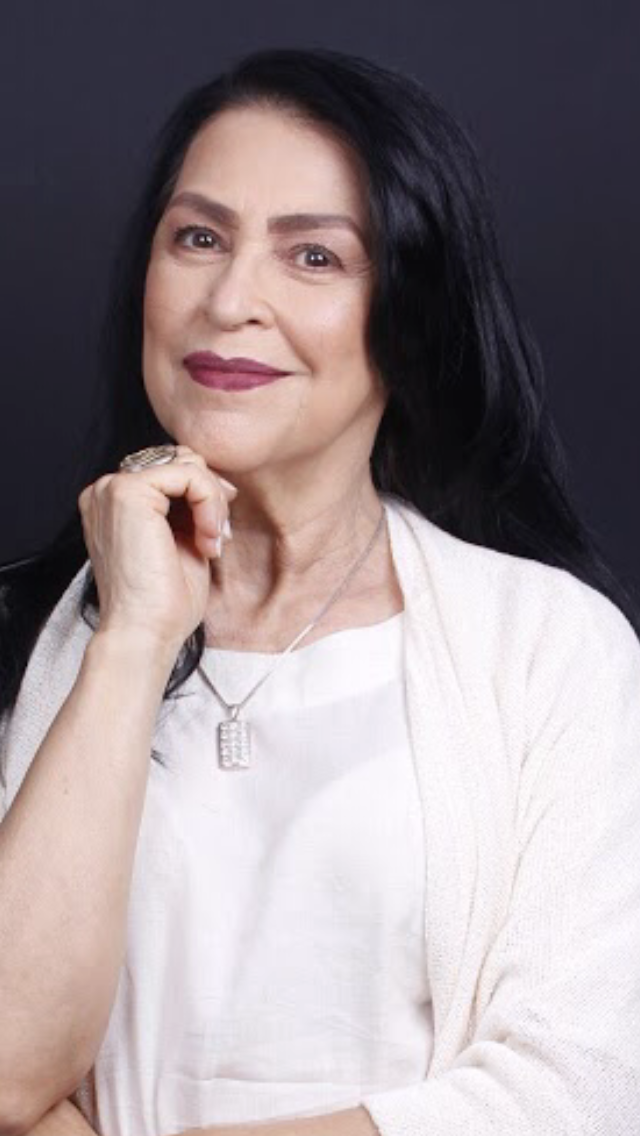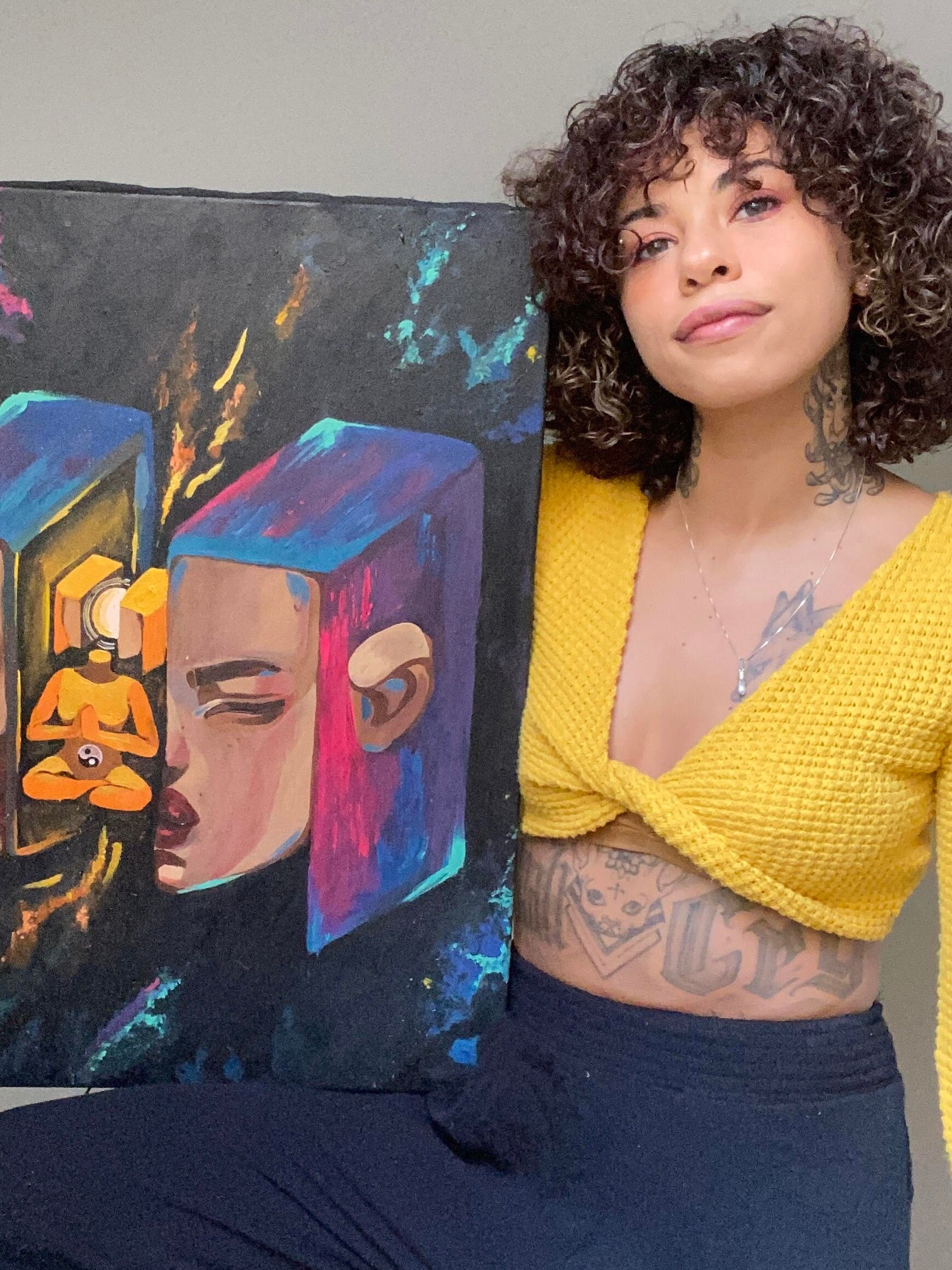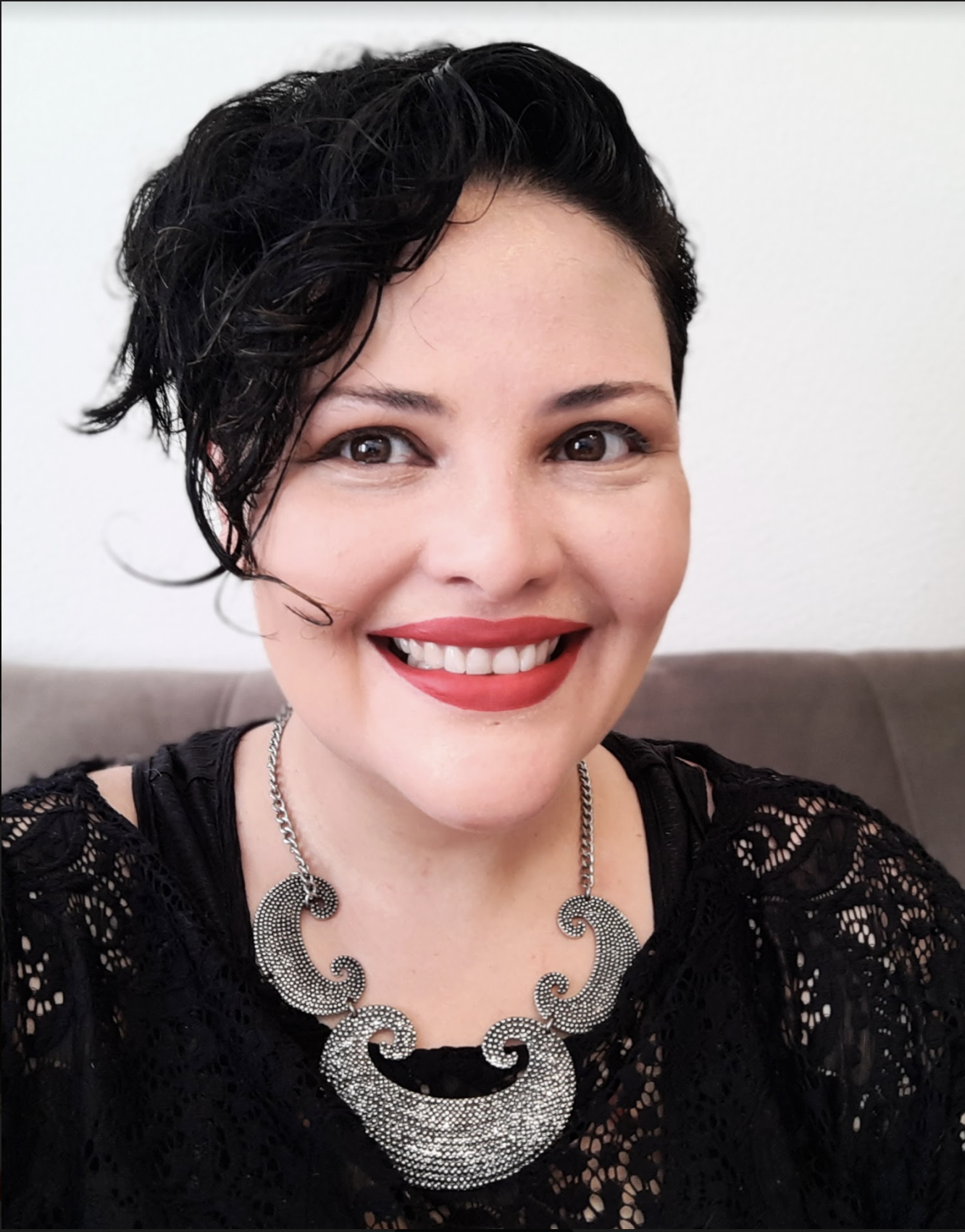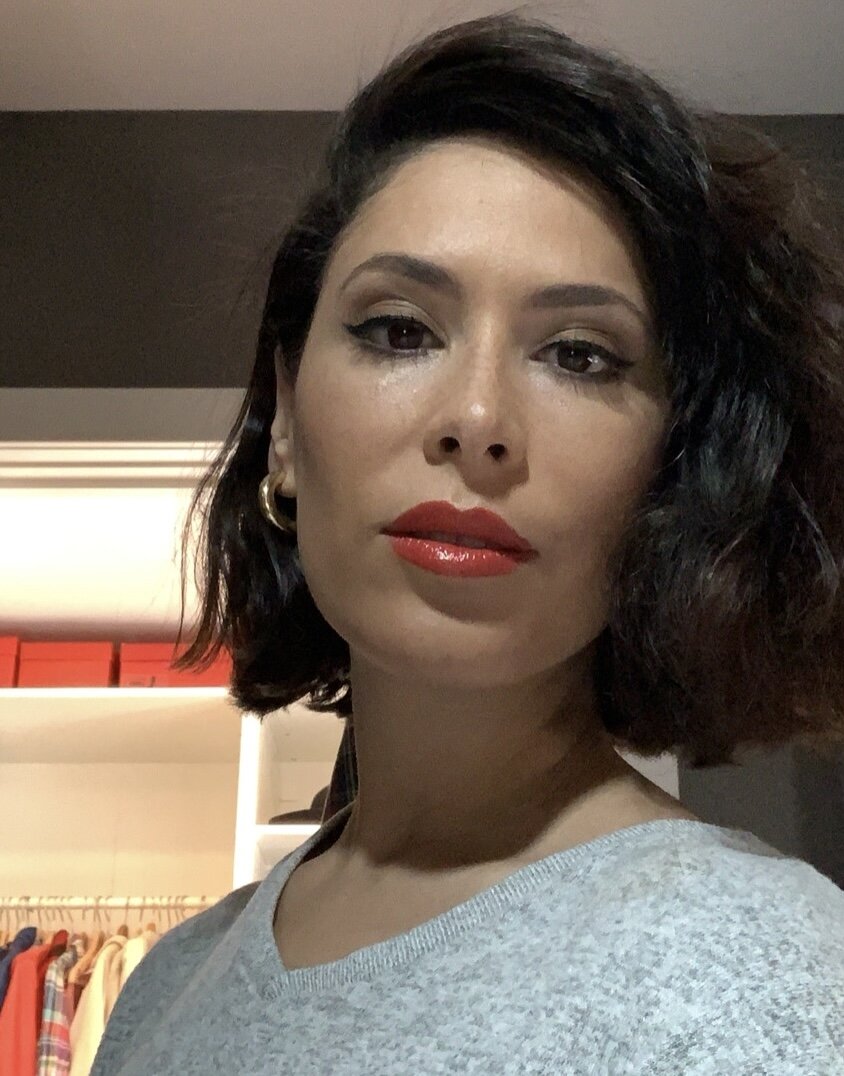A ausência feminina nos espaços artísticos é coisa antiga, mas ainda chocante. Veja o que ainda precisa melhorar
The female absence in artistic spaces is old but still shocking. See what still needs improvement
Por Angela Corrêa - Metro
Segunda, 08 março 2021, às 11:11
Em 2017, o “Guerrilla Girls”, grupo de mulheres artistas e ativistas, ficou conhecido pelo público brasileiro por suas performances usando cabeças de gorila no Masp. No entanto, suas integrantes gritam a falta de espaço para as mulheres nas artes há pelo menos 36 anos. “As mulheres precisam estar nuas para estar no Museu de Arte de São Paulo? Apenas 6% dos artistas em exibição são mulheres, mas 60% dos nus são femininos”, dizia o cartaz, adaptado para a realidade brasileira após denúncia semelhante no Metropolitan (NYC).
Apesar de protestos tão antigos, a discrepância mudou pouco. O National Museum of Women in the Arts, em Washington, tem números atualizados que demonstram isso: somente 8% das galerias representam mais mulheres do que homens e 87% das obras em grandes coleções foram produzidas por eles.
No Brasil, embora algumas artistas plásticas tenham sido reconhecidas em vida por seus papéis em movimentos transformadores no passado (Tarsila do Amaral, Anita Malfatti, Maria Bonomi, Tomie Ohtake, etc) e no presente (Adriana Varejão e Beatriz Milhazes, entre outras), falta representatividade.
Em 2017, a pesquisadora Ana Paula Cavalcanti Simioni, da USP, apresentou estatísticas que comprovam a disparidade. À época, havia sete mulheres entre 113 obras da coleção Freitas Valle. A Pinacoteca de São Paulo tinha 20% da coleção composta por nomes femininos, ante os 22% de Inhotim (MG).
Durante os anos 1970, especialistas, como a historiadora da arte Linda Nochlin, já se preocupavam em derrubar uma das principais justificativas no século 19 para a ausência das mulheres: “a falta de criatividade”. Entre as principais razões, na verdade, estava a proibição delas nas academias de arte.
No presente, iniciativas como a de Mia Siufi tentam diminuir essas lacunas. Há dois anos, a marchande internacional (negociante que compra e vende obras de arte) fundou em São Paulo a Supernova Arts, galeria apenas para mulheres. Atualmente, a empresa, que conta também com as marchandes Michelle Trepat e Mila Costa, representa 13 artistas. O time vai crescer em breve, já que o espaço abriu editais para artistas trans, negras e indígenas. A galeria também tem um projeto de financiamento de insumos para artistas carentes. Abaixo, Siufi fala sobre sua experiência.
ENTREVISTA: MIA SIUFI
Marchande paulista lidera há dois anos a Supernova Arts, galeria de arte que representa apenas mulheres. São 13 artistas (e a turma deve aumentar em breve)
INTERVIEW: MIA SIUFI
Marchande Paulista has been leading Supernova Arts for two years, an art gallery that represents women only. There are 13 artists (and the team is expected to increase soon)
Fale um pouco de seu histórico no mundo da arte.
Minha mãe era estilista e meu pai é marchand. Nasci em um meio criativo, com artistas e culturas diferentes. Meu pai é da Bahia e, minha mãe, de São Paulo. Foi interessante a forma com que o mundo foi se construindo à minha volta e a arte sempre me ajudou a ter visões diferentes, a enxergar outras realidades e a expandir a minha consciência. Foi um caminho natural para mim, tenho uma identificação muito forte com a arte. É uma motivação muito pessoal. Comecei auxiliando o meu pai. Depois, integrei a equipe dele e, aos 21 anos, me tornei proprietária de uma galeria, a Banco de Arte, como sócia do meu pai. Passei por administração, relações com clientes internacionais, consultorias, curadorias de exposições e eventos. Foi uma dinâmica que me permitiu experimentar diferentes posições dentro do mercado da arte.
Como surgiu a ideia para a Supernova Arts?
Depois de dez anos, fiz uma pausa no mundo da arte e fui experimentar outras situações. Fiz uma pesquisa porque queria entender qual era a lacuna do mercado da arte que eu precisava preencher. Quando você fica muito tempo em uma profissão, você precisa continuar se inspirando. Neste estudo, foi chocante para mim ver como ainda estava o mercado da arte e o tamanho da desigualdade que existe para profissionais mulheres de modo geral, sejam artistas ou marchandes. Foi aí, há dois anos, que resolvi abrir a Supernova, só com mulheres, com muito profissionalismo e conectada com o código de ética internacional de galeria de arte. Fomos pioneiras na América Latina.
Que experiências as artistas contam sobre ser mulher nesse mercado?
É um relato comum, não só para as mulheres, mas em geral, de que seu trabalho é visto apenas como um hobbie. Mas existe muita dedicação, grande investimento de tempo, dinheiro e pesquisa para criar essas obras. Há as que nascem de maneira espontânea e outras têm um trabalho intenso de pesquisa e técnica. Na Supernova Arts, focamos nisso: no destaque profissional das artistas, alta qualidade desde a produção, apresentação e originalidade dos trabalhos.
Você já enfrentou comportamentos machistas por liderar um negócio?
Eu tive algumas situações de cantadas no trabalho que, infelizmente, são comuns. Não foi nada que me incomodasse porque eu lido com jogo de cintura. Já ouvi piadas do tipo: ‘Nossa, você é a obra de arte mais bonita da galeria’. Aí eu falo: ‘Mas essa obra não está à venda’. Lido com humor, porque isso pode nos tirar de uma situação que poderia ser pesada.
Quais são as visões para o futuro?
Quando você pega um livro de história da arte, como o de [historiador da arte] Ernst Gombrich, vê muitas referências masculinas. Aí você se pergunta: ‘onde estavam as mulheres?’ Estão surgindo historiadoras da arte trazendo as informações do que estava acontecendo no passado. A Supernova Arts trabalha na contemporaneidade, com artistas vivas, com tudo em movimento. A gente não foca só em vendas, mas em legado. Não só o nome da galeria, mas o meu nome. Quero criar essa reputação. O coletivo é muito importante. Gosto de uma frase de Simone de Beauvoir que diz que feminismo é uma forma de viver individualmente e lutar coletivamente.
In 2017, the “Guerrilla Girls”, a group of women artists and activists, became known to the Brazilian public for their performances using gorilla heads at MASP museum. However, its members have shouted the lack of space for women in the arts for at least 36 years. “Should women be naked to be at the São Paulo Museum of Art? Only 6% of the artists on display are women, but 60% of the nudes are female ”, said the poster, adapted to the Brazilian reality after a similar complaint in the Metropolitan (NYC).
Despite such old protests, the discrepancy has changed little. The National Museum of Women in the Arts in Washington has updated figures that demonstrate this: only 8% of galleries represent more women than men and 87% of the works in large collections were produced by them.
In Brazil, although some visual artists have been recognized in life for their roles in transformative movements in the past (Tarsila do Amaral, Anita Malfatti, Maria Bonomi, Tomie Ohtake, etc.) and in the present (Adriana Varejão and Beatriz Milhazes, among others), representation is lacking.
In 2017, researcher Ana Paula Cavalcanti Simioni, from USP, presented statistics that prove the disparity. At the time, there were seven women among 113 works in the Freitas Valle collection. Pinacoteca de São Paulo had 20% of the collection made up of female names, compared to 22% in Inhotim (MG).
During the 1970s, experts, such as art historian Linda Nochlin, were already concerned with overturning one of the main justifications in the 19th century for the absence of women: “the lack of creativity”. Among the main reasons, in fact, was their ban on art academies.
At present, initiatives such as Mia Siufi's attempt to close these gaps. Two years ago, the international art dealer (a dealer who buys and sells works of art) founded Supernova Arts in São Paulo, a gallery focused only on women’s productions. Currently, the company, which also has dealers Michelle Trepat and Mila Costa, represents 13 artists. The team will soon grow, as the space opened calls for tenders for trans, black and indigenous artists. The gallery also has an input financing project for underprivileged artists. Below, Siufi talks about her experience.
Mia Siufi, Marchande Internacional e Fundadora da Supernova Arts / Intl Art Dealer and Foundress
Tell us a little about your history in the art world.
My mother was a fashion designer and my father is an art dealer. I was born in a creative environment, with different artists and cultures. My father is from Bahia and my mother is from São Paulo. It was interesting the way the world was built around me and art has always helped me to have different visions, to see other realities, and to expand my awareness. It was a natural path for me, I have a very strong identification with art. It is a very personal motivation. I started assisting my father. Then, I joined his team and, at the age of 21, I became the owner of a gallery, Banco de Arte, as a partner of my father. I went through administration, relations with international clients, consultancies, curators of exhibitions and events. It was a dynamic that allowed me to experience different positions within the art market.
How did the idea for Supernova Arts come about?
After ten years, I took a break in the art world and went to try other situations. I did some research because I wanted to understand what the gap in the art market was that I needed to fill. When you spend a lot of time in a profession, you need to keep getting inspired. In this study, it was shocking for me to see how the art market was still working and the size of the inequality that exists for women professionals in general, be they artists or dealers. It was there, two years ago, that I decided to open Supernova, only with women, with a lot of professionalism and connected with the international art gallery code of ethics. We were pioneers in Latin America.
What experiences do artists tell about being a woman in this market?
It is a common story, not only for women but in general, that their work is seen only as a hobby. But there is a lot of dedication, a great investment of time, money, and research to create these works. There are those who are born spontaneously and others have an intense work of research and technique. At Supernova Arts, we focus on that: the professional highlight of the artists, high quality from the production, presentation and originality of the works.
Have you ever faced sexist behavior by leading a business?
I had some situations of being flirted at work that, unfortunately, are common. It was nothing that bothered me because I deal with flexibility. I’ve heard jokes like: ‘Wow, you’re the most beautiful work of art in the gallery’. Then I say: 'But this artwork is not for sale’. I handle with humor because it can get us out of a situation that could be heavy.
What are the visions for the future?
When you pick up an art history book, like [art historian] Ernst Gombrich, you see a lot of male references. Then you ask yourself: ‘where were the women?’ Art historians are emerging bringing information about what was happening in the past. Supernova Arts works in the contemporary world, with living artists, with everything in motion. We do not focus only on sales but on the legacy. Not just the name of the gallery, but my name. I want to create that reputation. The collective is very important. I like a phrase by Simone de Beauvoir that says that feminism is a way of living individually and fighting collectively.
EQUIPE E ARTISTAS DA SUPERNOVA ARTS / TEAM & REPRESENTED ARTISTS





